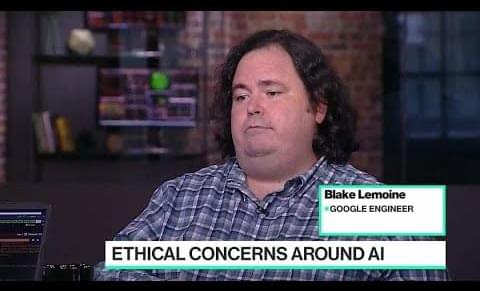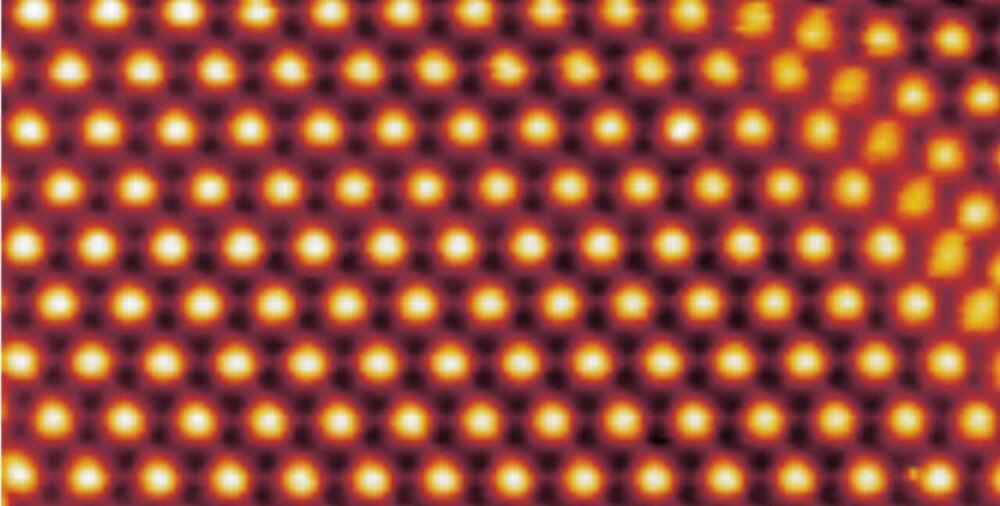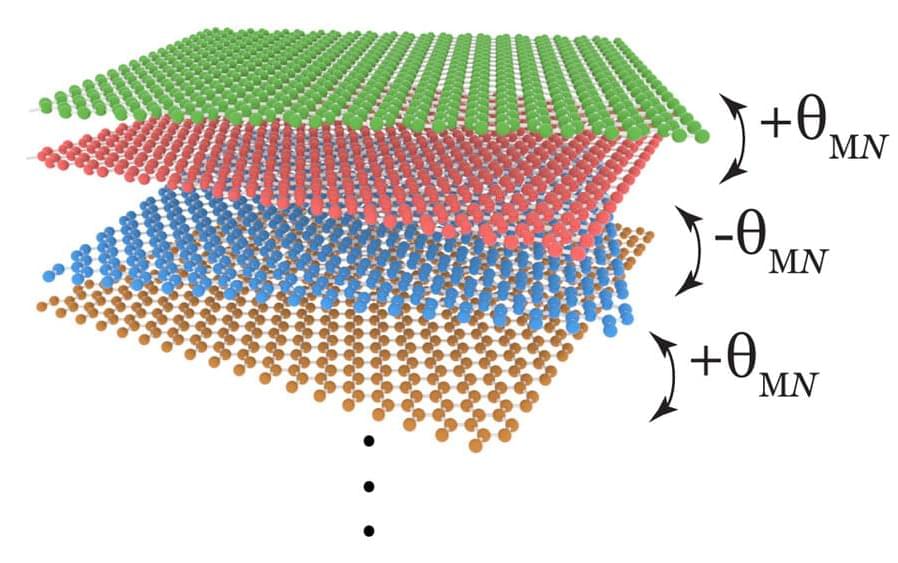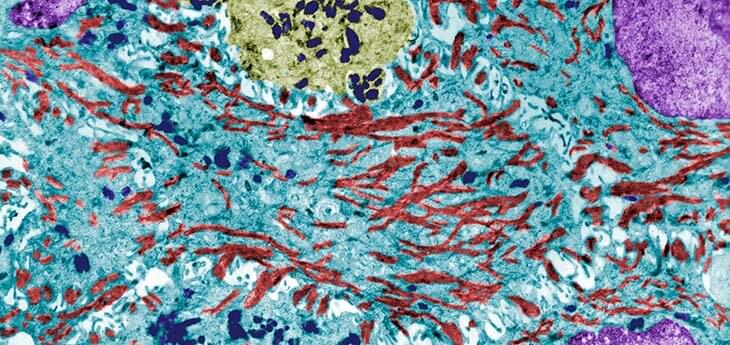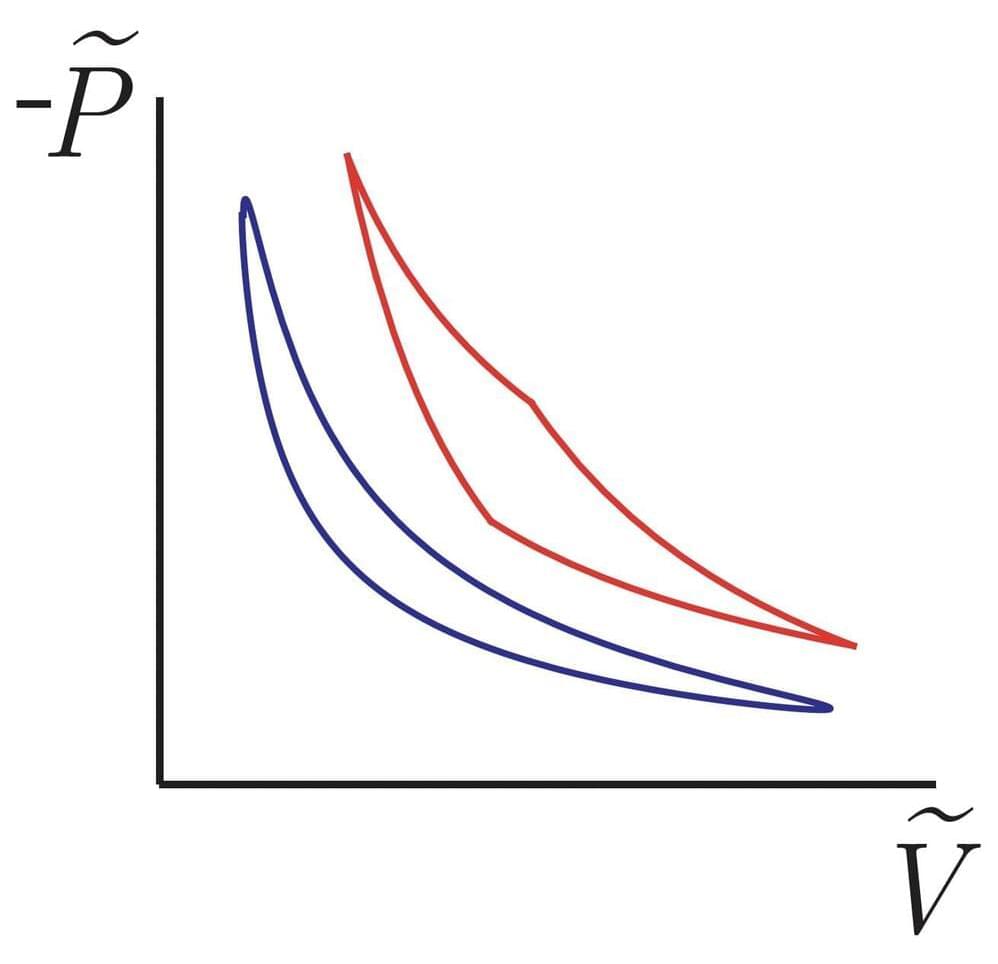
Stochastic thermodynamics is an emerging area of physics aimed at better understanding and interpreting thermodynamic concepts away from equilibrium. Over the past few years, findings in these fields have revolutionized the general understanding of different thermodynamic processes operating in finite time.
Adam Frim and Mike DeWeese, two researchers at the University of California, Berkeley (UC Berkeley), have recently carried out a theoretical study exploring the full space of thermodynamic cycles with a continuously changing bath temperature. Their results, presented in a paper published in Physical Review Letters, were obtained using geometric methods. Thermodynamic geometry is an approach to understanding the response of thermodynamic systems by means of studying the geometric space of control.
“For instance, for a gas in a piston, one coordinate in this space of control could correspond to the experimentally controlled volume of the gas and another to the temperature,” DeWeese told Phys.org. “If an experimentalist were to turn those knobs, that plots out some trajectory in this thermodynamic space. What thermodynamic geometry does is assign to each curve a ‘thermodynamic length’ corresponding to the minimum possible dissipated energy of a given path.”



